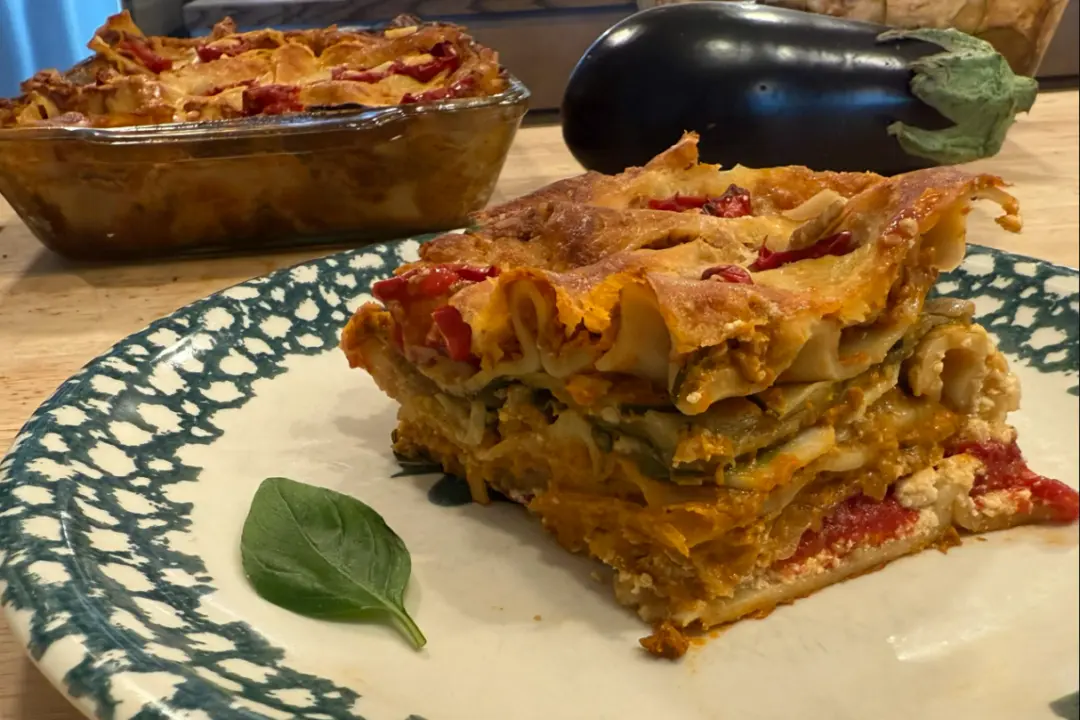“I think I write the way I do because of a vitamin deficiency. I don’t eat any vegetables. I just eat meat and potatoes. I think I’m trying to make up in my songwriting what I lack in vitamins.” —John Prine
If he didn’t already know what a spring tonic is, John Prine was the kind of person who would have been disappointed to learn it isn’t an alcoholic drink. But I bet he knew. With roots in Western Kentucky, he was country to the bone.





